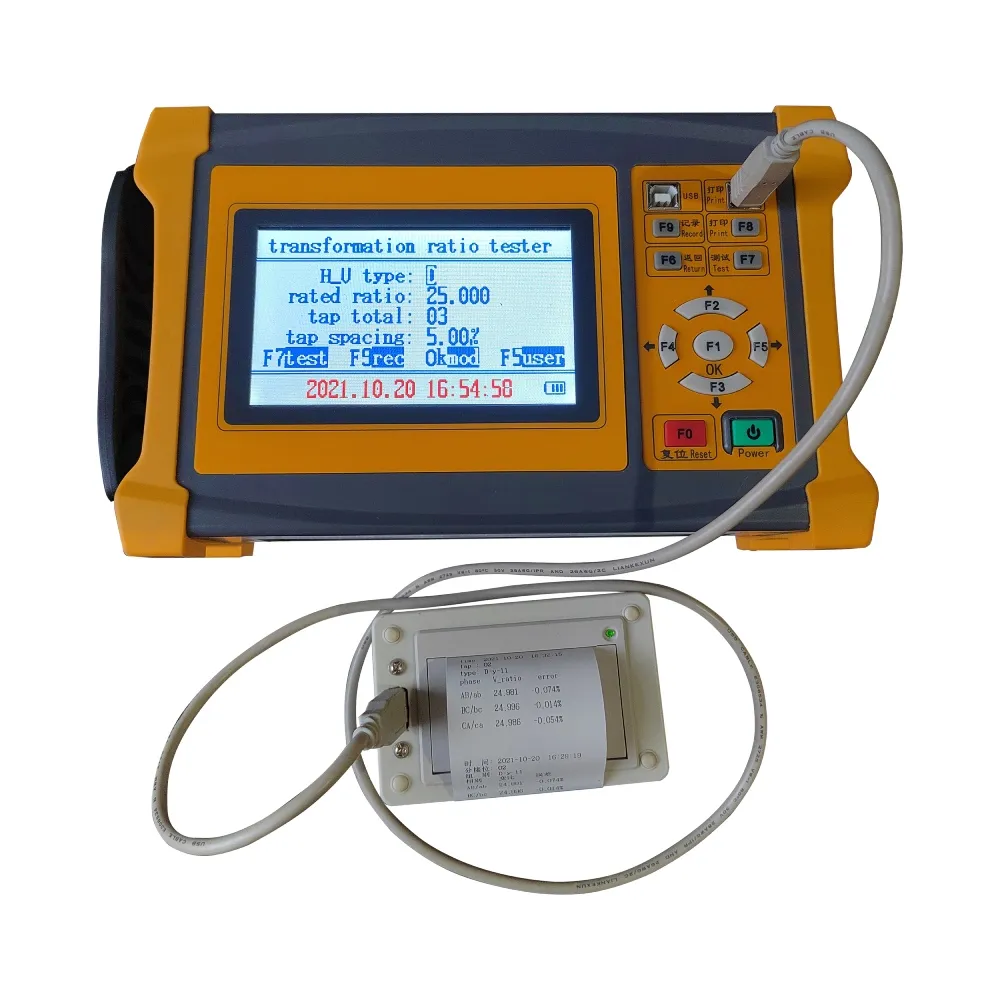 English
English



-
 Afrikaans
Afrikaans -
 Albanian
Albanian -
 Amharic
Amharic -
 Arabic
Arabic -
 Armenian
Armenian -
 Azerbaijani
Azerbaijani -
 Basque
Basque -
 Belarusian
Belarusian -
 Bengali
Bengali -
 Bosnian
Bosnian -
 Bulgarian
Bulgarian -
 Catalan
Catalan -
 Cebuano
Cebuano -
 China
China -
 China (Taiwan)
China (Taiwan) -
 Corsican
Corsican -
 Croatian
Croatian -
 Czech
Czech -
 Danish
Danish -
 Dutch
Dutch -
 English
English -
 Esperanto
Esperanto -
 Estonian
Estonian -
 Finnish
Finnish -
 French
French -
 Frisian
Frisian -
 Galician
Galician -
 Georgian
Georgian -
 German
German -
 Greek
Greek -
 Gujarati
Gujarati -
 Haitian Creole
Haitian Creole -
 hausa
hausa -
 hawaiian
hawaiian -
 Hebrew
Hebrew -
 Hindi
Hindi -
 Miao
Miao -
 Hungarian
Hungarian -
 Icelandic
Icelandic -
 igbo
igbo -
 Indonesian
Indonesian -
 irish
irish -
 Italian
Italian -
 Japanese
Japanese -
 Javanese
Javanese -
 Kannada
Kannada -
 kazakh
kazakh -
 Khmer
Khmer -
 Rwandese
Rwandese -
 Korean
Korean -
 Kurdish
Kurdish -
 Kyrgyz
Kyrgyz -
 Lao
Lao -
 Latin
Latin -
 Latvian
Latvian -
 Lithuanian
Lithuanian -
 Luxembourgish
Luxembourgish -
 Macedonian
Macedonian -
 Malgashi
Malgashi -
 Malay
Malay -
 Malayalam
Malayalam -
 Maltese
Maltese -
 Maori
Maori -
 Marathi
Marathi -
 Mongolian
Mongolian -
 Myanmar
Myanmar -
 Nepali
Nepali -
 Norwegian
Norwegian -
 Norwegian
Norwegian -
 Occitan
Occitan -
 Pashto
Pashto -
 Persian
Persian -
 Polish
Polish -
 Portuguese
Portuguese -
 Punjabi
Punjabi -
 Romanian
Romanian -
 Russian
Russian -
 Samoan
Samoan -
 Scottish Gaelic
Scottish Gaelic -
 Serbian
Serbian -
 Sesotho
Sesotho -
 Shona
Shona -
 Sindhi
Sindhi -
 Sinhala
Sinhala -
 Slovak
Slovak -
 Slovenian
Slovenian -
 Somali
Somali -
 Spanish
Spanish -
 Sundanese
Sundanese -
 Swahili
Swahili -
 Swedish
Swedish -
 Tagalog
Tagalog -
 Tajik
Tajik -
 Tamil
Tamil -
 Tatar
Tatar -
 Telugu
Telugu -
 Thai
Thai -
 Turkish
Turkish -
 Turkmen
Turkmen -
 Ukrainian
Ukrainian -
 Urdu
Urdu -
 Uighur
Uighur -
 Uzbek
Uzbek -
 Vietnamese
Vietnamese -
 Welsh
Welsh -
 Bantu
Bantu -
 Yiddish
Yiddish -
 Yoruba
Yoruba -
 Zulu
Zulu
polarity test for transformer
Polarity Test for Transformers Ensuring Safe and Efficient Operation
Transformers are critical components in electrical power systems, responsible for stepping voltage levels up or down to meet different transmission and distribution needs. However, like any other electrical equipment, transformers are subject to wear, deterioration, and damage over time. One essential aspect of maintaining transformer health is conducting a polarity test, which helps ensure that transformers are connected correctly and operate safely and efficiently.
Understanding Polarity in Transformers
Polarity in transformers refers to the phase relationship between the primary and secondary windings. Proper polarity ensures that the voltages applied to and generated by the transformer are in harmony with the electrical system. Incorrect polarity can lead to serious issues, such as short circuits, equipment damage, and even safety hazards.
Polarity testing is crucial in both newly installed transformers and those that have undergone maintenance. It verifies that the transformer connections match the expected phase orientation, ensuring that the transformer functions correctly within the electrical network.
The Importance of Conducting a Polarity Test
When transformers are connected improperly, it can result in several problems
1. Equipment Damage A transformer with incorrect polarity can cause excessive currents to flow, leading to overheating and potential damage to insulation and windings. 2. System Reliability Polarity misalignment can affect the entire electrical system's reliability, leading to outages or fluctuations in power supply. 3. Safety Hazards Incorrectly wired transformers may present a safety risk to maintenance personnel and can lead to dangerous situations during operation.
To prevent these issues, it is essential to conduct a polarity test before commissioning a transformer and after any disturbances, such as maintenance or repair work.
polarity test for transformer

Conducting the Polarity Test
The polarity test is typically straightforward and involves the following steps
1. Visual Inspection Before performing any tests, a thorough visual inspection of the transformer is necessary. This step ensures that all cables and connections are intact and that there are no visible signs of damage.
2. Test Equipment Preparation Common tools for polarity testing include a multimeter, transformer polarity tester, or phase rotation meter. Ensure that the testing equipment is calibrated and functional.
3. Connection of Test Leads Connect the test leads from the testing device to the primary and secondary terminals of the transformer. For single-phase transformers, test leads are connected to the high voltage (HV) and low voltage (LV) sides. In three-phase systems, each phase must be considered.
4. Voltage Application Apply a known voltage to the primary winding while observing the secondary output. The expected output should reflect correct polarity based on transformer design and connection.
5. Analysis of Results Compare the obtained voltage readings to the expected values. If the readings align, the transformer has the correct polarity. If discrepancies are found, further investigation and correction are necessary.
Conclusion
The polarity test for transformers is a vital step in ensuring the safe and efficient operation of electrical power systems. Regular testing can prevent potential issues that arise from improper connections, safeguarding both the equipment and the personnel working with it. By adhering to best practices in polarity testing, operators can enhance the reliability of utility services, ultimately contributing to a stable and safe energy supply for all users. Through proper maintenance and testing, the lifespan of transformers can be prolonged, resulting in cost savings and enhanced performance in the long run.
-
Using Distillation Range Testers in the Food and Beverage IndustryNewsApr.16,2025
-
The Impact of IoT on Distillation Range Tester PerformanceNewsApr.16,2025
-
The Best Distillation Range Testers for Extreme ConditionsNewsApr.16,2025
-
How Distillation Range Testers Save Time and MoneyNewsApr.16,2025
-
Distillation Devices for Advanced Separation TechniquesNewsApr.16,2025
-
Common Mistakes to Avoid When Using a Distillation Range TesterNewsApr.16,2025



